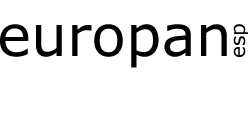EUROPAN España quiere compartir puntos de vista de promotores, premiados, jurados, miembros del Comité Científico, organizadores…fragmentos de charlas donde ideas, opiniones y experiencias de diferentes agentes construyen un rico archipiélago de miradas diversas que alimentan la reflexión sobre el papel que la arquitectura puede desempeñar para mejorar nuestros entornos habitados a través de EUROPAN.
PABLO OTAOLA fue, entre 1993 y 2000, director general de Bilbao Ría 2000, sociedad de capital público, formada al 50% entre la Administración Central y las Administraciones Vascas (Gobierno Vasco, Diputación Foral de Bizkaia, Ayuntamientos de Bilbao y Barakaldo), para la recuperación urbanística del Bilbao metropolitano. Desde esa responsabilidad, colaboró en EUROPAN 5 y EUROPAN 6.
Pablo Otaola Ubieta es ingeniero de caminos por la Escuela Técnica Superior de Ingenieros de Caminos, Canales y Puertos de Madrid.
Actualmente es el Coordinador General de Infraestructuras y Proyectos del Ayuntamiento de Málaga.
De 2004 a 2018 ha sido gerente de la Comisión Gestora para el desarrollo urbanístico de Zorrotzaurre (Bilbao), proyecto público-privado para la reconversión de un área industrial de 84 Has, situada en la Ría de Bilbao.
De 2000 a 2004 fue director adjunto del Instituto Valenciano de Arte Moderno (IVAM). Entre sus tareas estaba la dirección del Proyecto de Ampliación del IVAM, elaborado por SANAA (Kazuyo Sejima & Ryue Nishizawa).
Asesor de diversos proyectos internacionales en Francia (Lens, Marsella, Nantes y Saint Nazaire), Colombia (Bogotá), Paraguay (Asunción) y Emiratos Árabes Unidos (Abu Dhabi).
EUROPAN 5
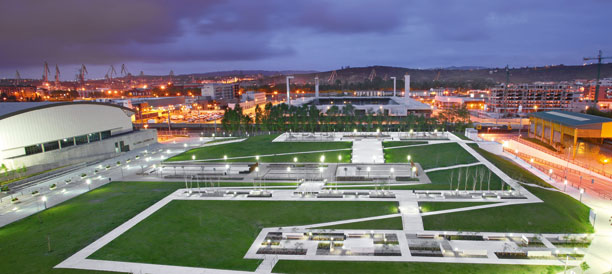
1er PREMIO. EDUARDO ARROYO MUÑOZ.
Colaboradores: Sergio López Piñeiro, Nerea Calvillo
REALIZACIÓN: CAMPO DE FÚTBOL DE LASESARRE
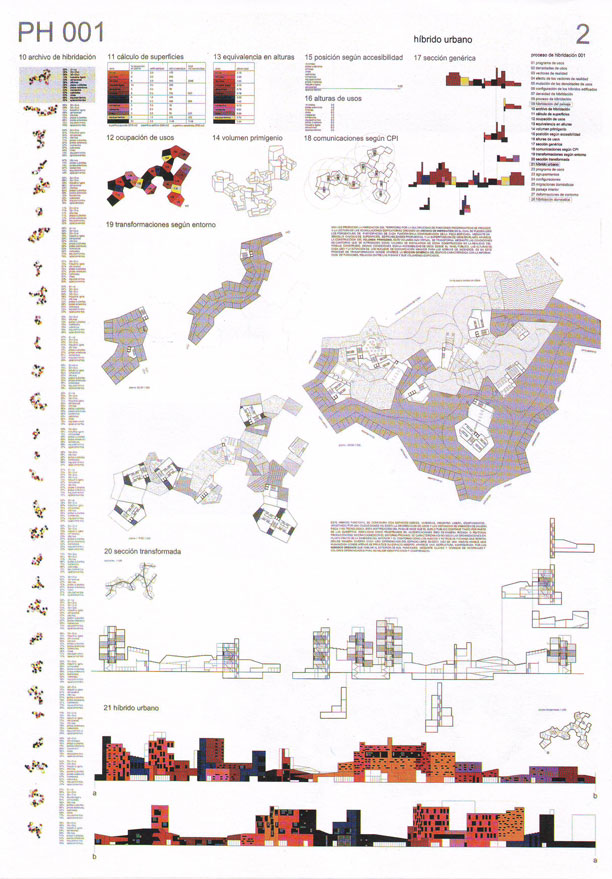
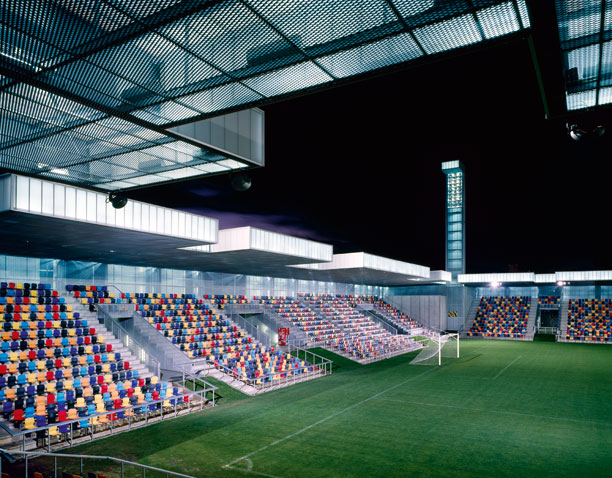
2º PREMIO EX-AEQUO. FEDERICO SORIANO Y DOLORES PALACIOS.
Colaboradores: Alessandra Abbruzzese, Carlos Arroyo, Manuel Pérez
REALIZACIÓN: 60 VIVIENDAS EN BARAKALDO
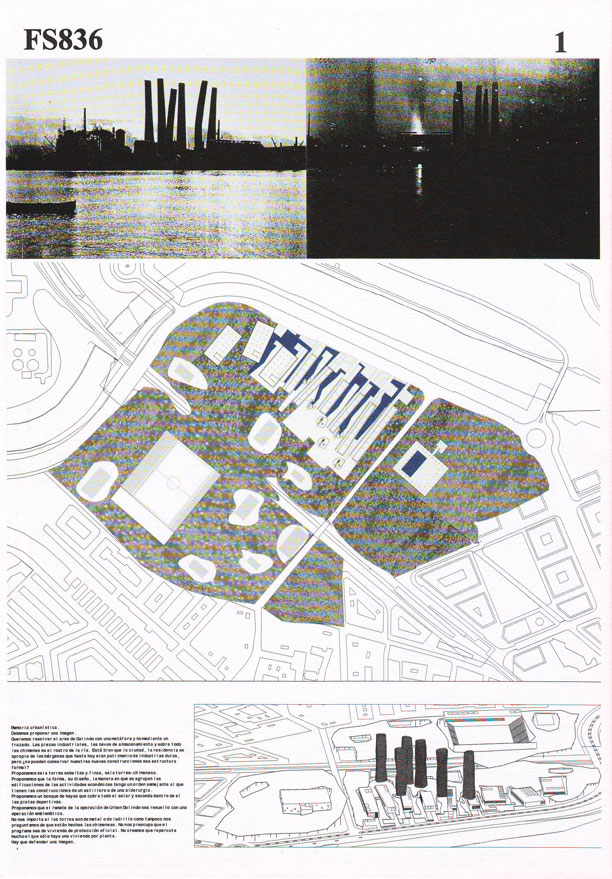
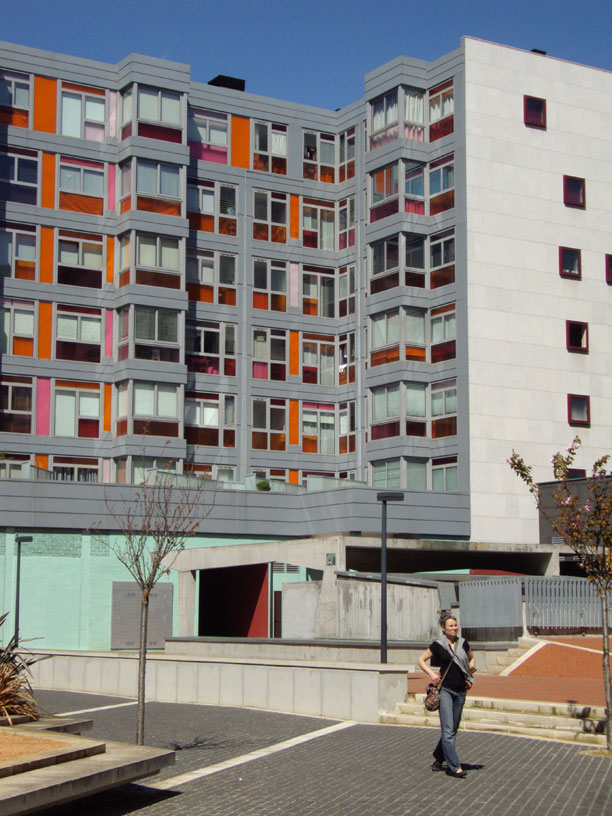
2º PREMIO EX-AEQUO. SANDRA TÖPFER, DIRK BERTULEIT, JORG SIEWEKE, JENS WEISENER.
REALIZACIÓN: PARQUE DE LASESARRE
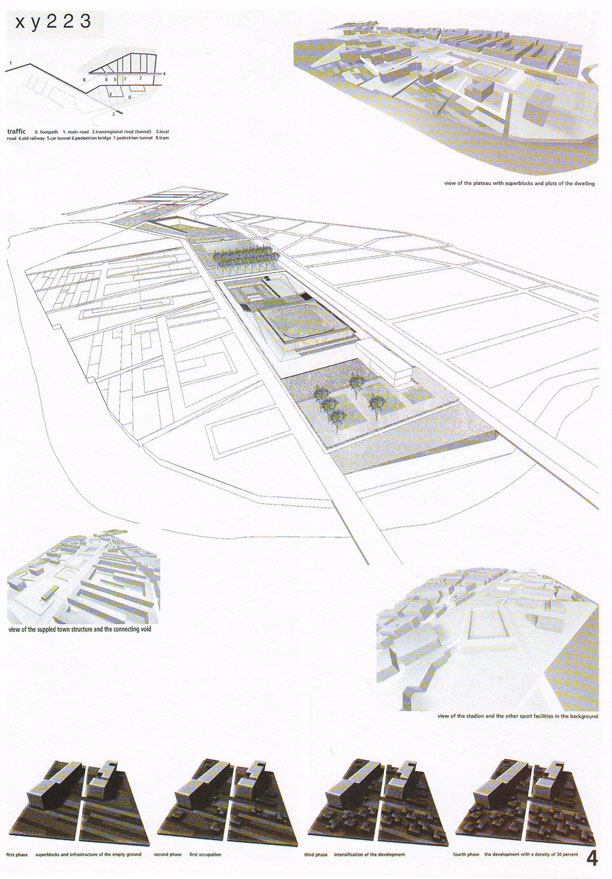
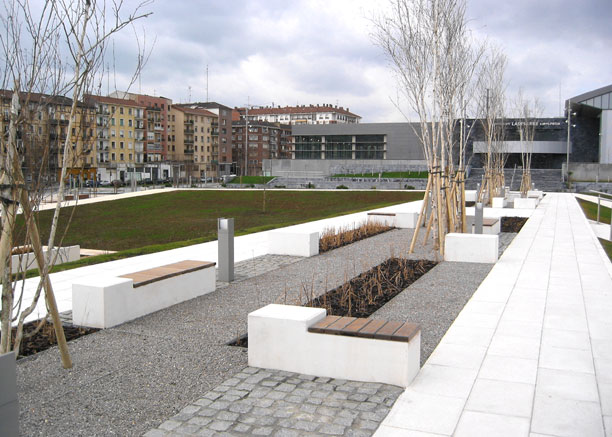
FINALISTA. ANTONIO JUÁREZ CHICOTE, JAVIER GARCÍA GERMÁN, ROCÍO MONASTERIO.
Colaboradores: Mariano Fernández, Silvia Colmenares
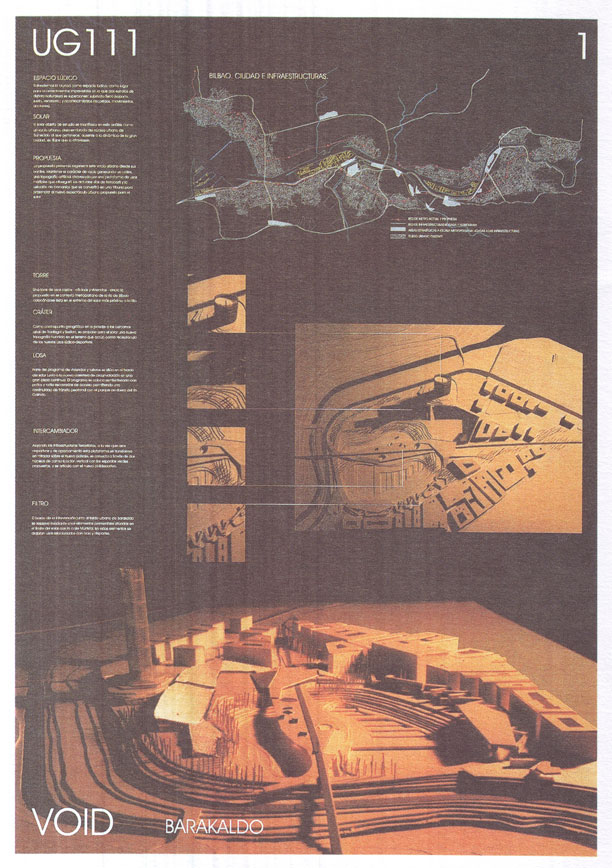
FINALISTA. ALAIN CHIFFOLEAU, PIERRE DEAT, LUCAS FROMENT.
Colaboradora: Carmen Gala
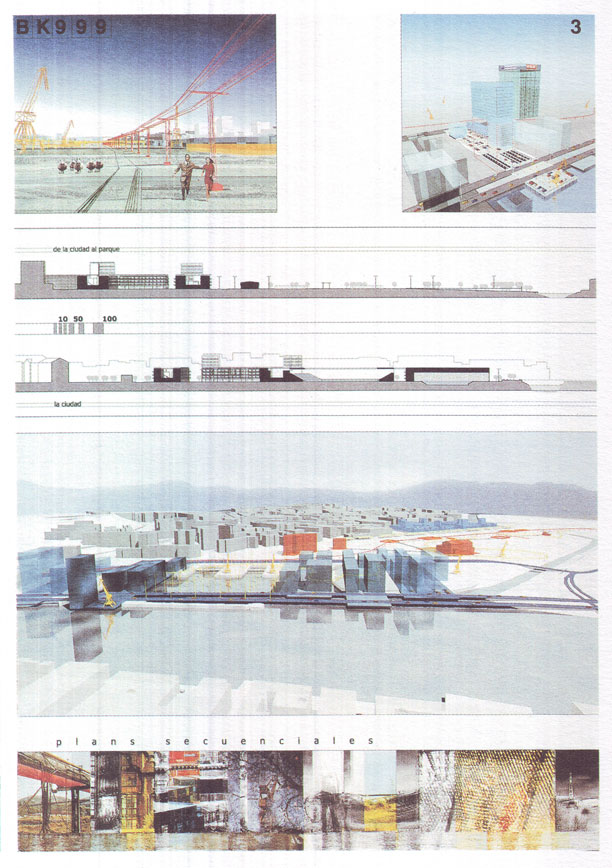
EUROPAN 6
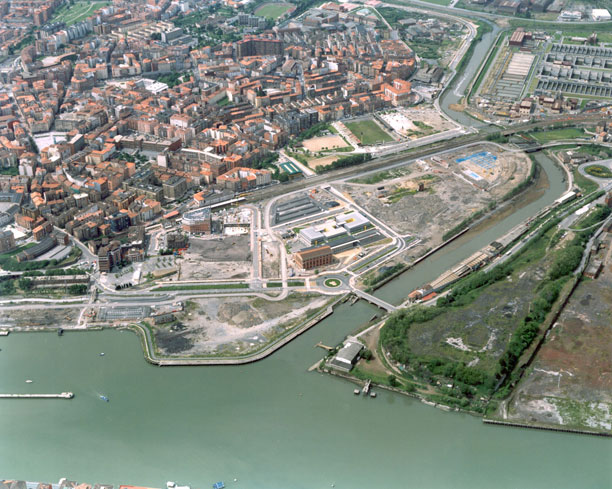
1er PREMIO. JAVIER FRESNEDA PUERTO, JAVIER PEÑA GALIANO, JAVIER SANJUAN CALLE.
Colaboradores: Julio Martínez, Oliver König, Javier Mena, Joaquín Fernández, Jesús Galera
REALIZACIÓN: PLAZA DE PORMETXETA
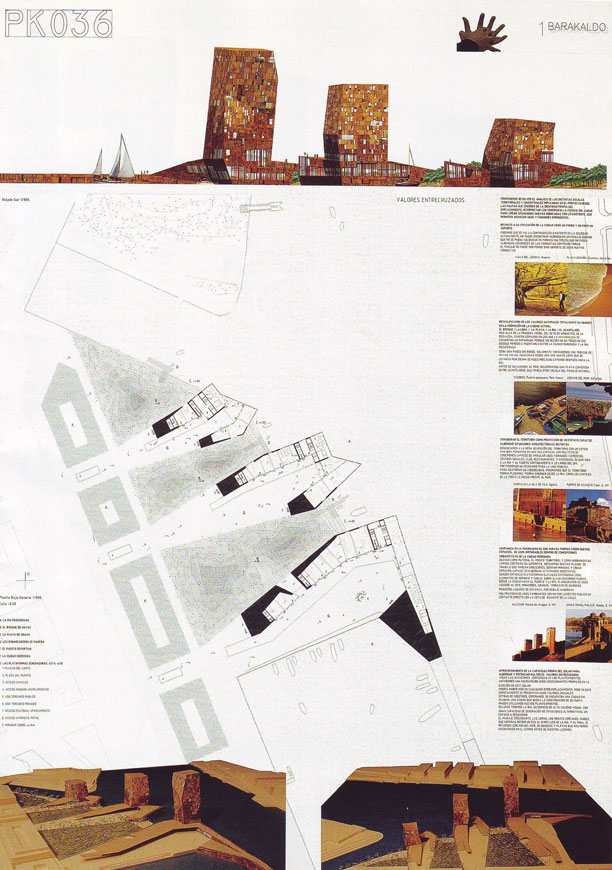
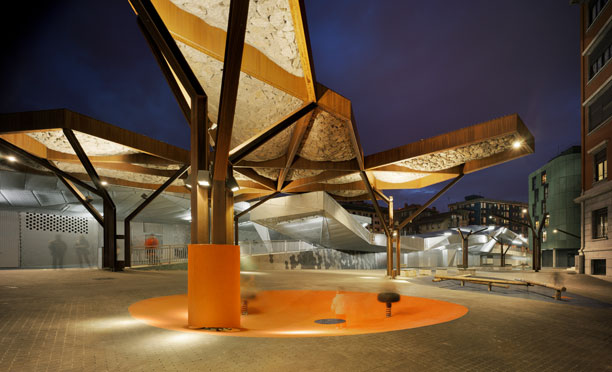
2º PREMIO EX-AEQUO. MANUEL OCAÑA DEL VALLE.
Colaboradoras: Celia López Aguado, Laura Rojo
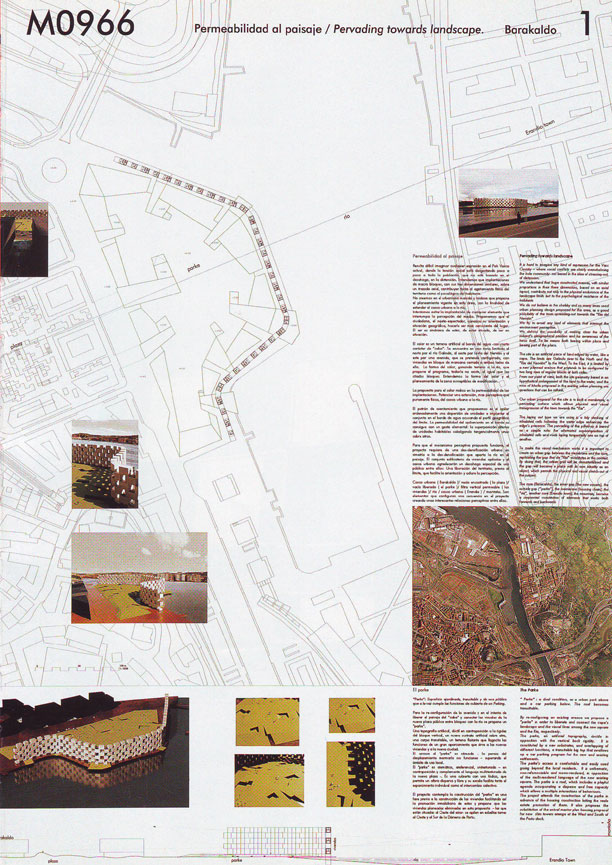
2º PREMIO EX-AEQUO. FEDERICO SORIANO PELÁEZ.
Colaboradores: Amanda Schachter, Ana Valenzuela, Luis Valdivieso, Jan Trober, Lieven De Groote
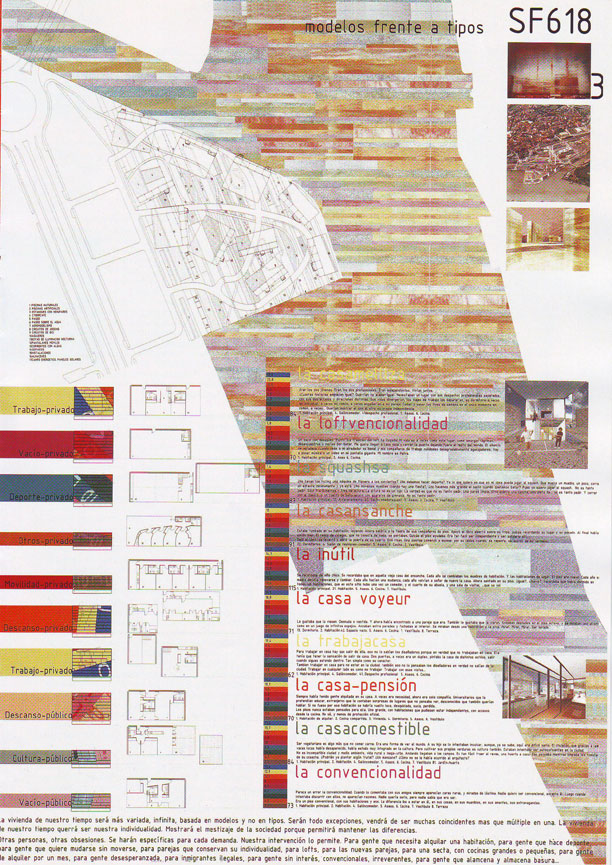
FINALISTA. CLARA MURADO LÓPEZ, JUAN ELVIRA PEÑA.
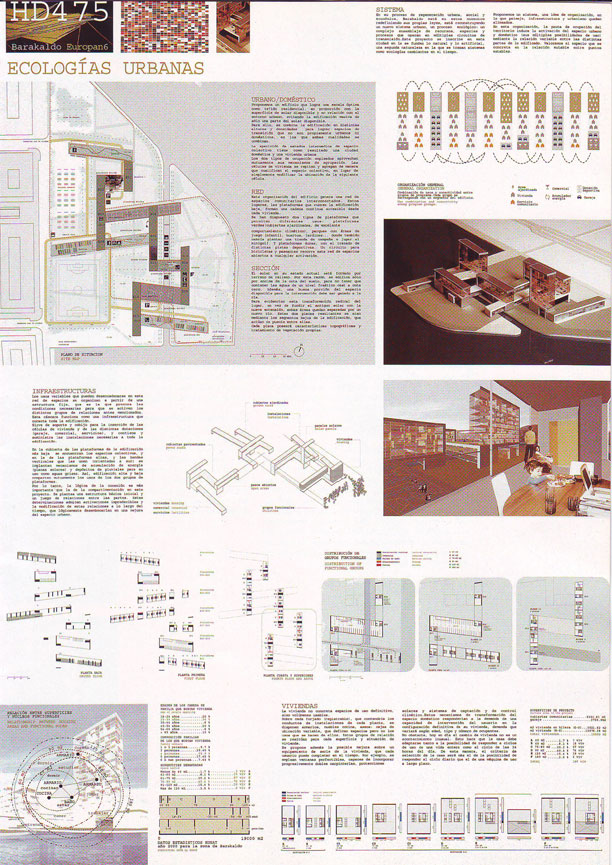
FINALISTA. BELINDA TATO, JORGE LOBOS, JOSÉ LUIS VALLEJO.
Colaborador: Daniel Puerta
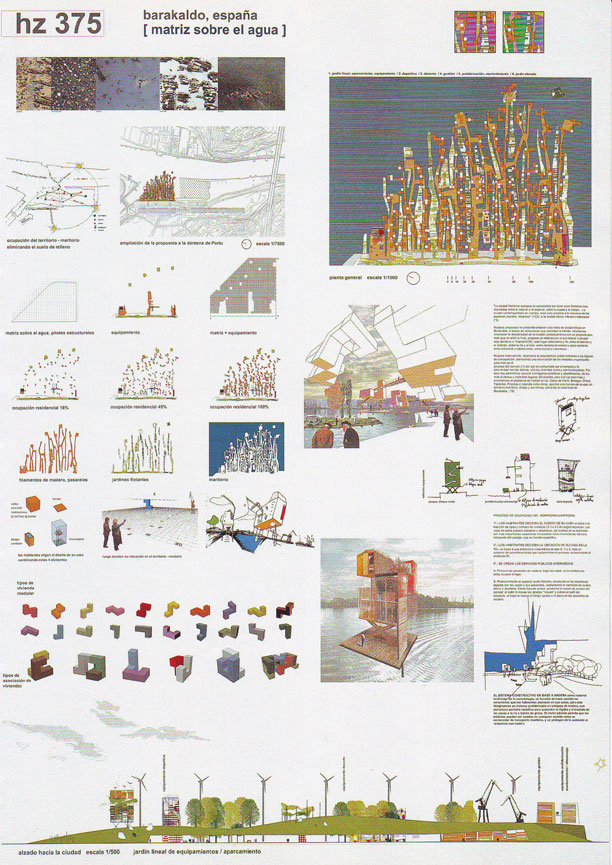
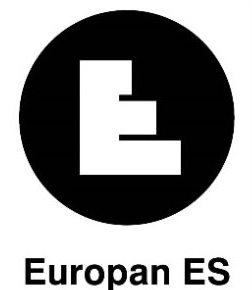
SERIE TESTIMONIOS
Los vídeos que aquí se publican formarán parte de la exposición de los resultados de EUROPAN 15 diseñada y producida por AZAB. Se han planteado a diferentes agentes las siguientes líneas de reflexión:
1_¿Es posible una práctica arquitectónica desconectada de la investigación y el conocimiento? ¿Qué papel juega EUROPAN más allá de sus emplazamientos como agitador y valedor de la arquitectura como práctica de investigación y progreso del hábitat? ¿Es EUROPAN una muestra y oportunidad dentro del I+D+I para mejorar nuestros entornos habitados?
2_El fomento de la escala intermedia, otra de las señas de identidad de EUROPAN, en la que urbanismo, arquitectura, diseño urbano o sociología se entremezclan y desdibujan ¿Esto supone una dificultad añadida o es una condición de complejidad que mejora las propuestas y los proyectos? ¿Qué ventajas y qué dificultades supone para el agente o el proyectista el enfrentarse a la redefinición de entornos que superan una parcela acotada y permiten entender el territorio en su conjunto?
3_El papel que juega y ha jugado EUROPAN como respaldo en la carrera de jóvenes arquitectos desde su primera edición en el año 89 ha sido muy notable. ¿Qué supone para un joven arquitecto la oportunidad de enfrentarse al reto de materializar sus ideas y poder aportar nuevas soluciones urbanas? // ¿Qué supone para un agente o entidad pública poder contar con un joven talento para redefinir su entorno? En una profesión en la que los concursos están plagados de condiciones de solvencias y experiencias que alejan a los jóvenes de su participación ¿qué singularidades aportan los jóvenes en la ideación de nuevas realidades urbanas y/o arquitectónicas?
4_La experiencia EUROPAN, más allá de la parcialidad de lo construido/proyectado en cada emplazamiento, puede tener esa intención de disrupción dentro de tramas construidas demasiado cargadas de complejos y convencionalismos. ¿Puede esta labor de autonomía del proyecto ser un activador de ideas alternativas de ciudad que supere las condiciones existentes al no llevar a la arquitectura a una norma general si no a un ejemplo para la ciudad o su entorno?
This proposal has a dynamic format which reaches beyond the unilateral nature of the traditional interview. Based on EUROPAN’s self-definition and its four main features, it will generate snippets of conversations in which the ideas, opinions and experiences of different agents will build up a rich archipelago of diverse perspectives that will give the general public an insight into the EUROPAN phenomenon.
EUROPAN is defined as: a biennial ideas competition for urban planning and architecture. It aims to improve knowledge and research in the habitat and urban planning field through exchanges amongst professionals from the participant countries in Europe.
1_ Can architectural practice be uncoupled from research and knowledge? What is the role of EUROPAN, beyond the sites as such, as an agitator and supporter of architecture as a practice involved with habitat research and progress? Is EUROPAN an example and also an opportunity to show the role that architecture can play in R+D+I to improve our inhabited environments? Each EUROPAN competition has an associated transversal theme that is defined and structured by international committees and experts. This gives each competition a common thematic focus. What is the advantage of this model over other cases that restrict the architectural output to a needs program with varying degrees of complexity? What major issues await a response in the immediate future?
2_ Another feature of EUROPAN is the promotion of the intermediate scale, in which urbanism, architecture, urban design and sociology are intermingled and blurred. Is this an added difficulty or is it an aspect that lends it complexity to improve the proposals and projects? For the agents and designers, what advantages and difficulties are involved in redefining environments beyond a specific restricted site and allowing competitors to look at a territory in its entirety?
3_ EUROPAN has played an important role in helping the careers of young architects ever since the first competition in 1989. What does the challenge of putting ideas into practice and designing new urban solutions mean for a young architect? // What does this opportunity to employ young talent to redefine an environment mean for a public agent or organisation? In a profession where competitions are rife with constraints about solvency and experience, which hinder participation by young people, what can young people contribute to the conception of new urban and/or architectural realities?
4_ The EUROPAN experience, apart from the partiality of what is built/designed on each site, may also include a complete rethink of built-up zones which are excessively burdened by hang-ups and conventions. Do you think this task with its design autonomy can be a catalyst for alternative ideas about the city that overcome pre-existing constraints by not leading the architecture towards a general rule, and instead, acting as an example for the city and its surroundings?
